Giant Sand - Interview
by John Clarkson
published: 17 / 8 / 2004
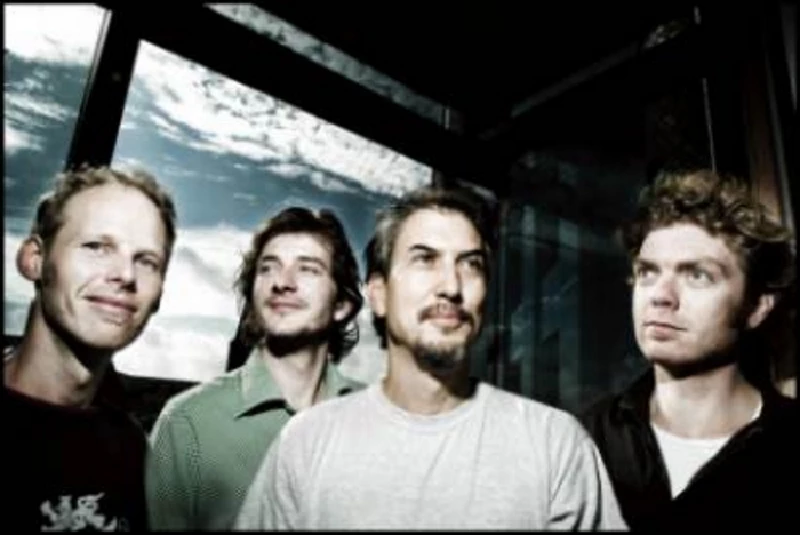
intro
Back with their first album in four years, Giant Sand have returned with an almost entirely new line-up. Frontman Howe Gelb talks about the departure of his regular band mates John Convertino and Joey Burns, and the new album‘, Is All Over...The Map’
Giant Sand have balanced on a musical tightrope, teetering between producing works of wayward genius and being on the verge of imminent collapse for nearly a quarter of a century. The group was first formed in 1980 under its original moniker of Giant Sandworms by multi-instrumentalist Howe Gelb in his home town of Tucson, Arizona with guitarist Rainer Ptacek and drummer Billy Sed. Shortly after their formation the Sandworms temporarily relocated to New York, but were forced to return to Arizona a year later when Sed became involved with drugs. The Giant Sandworms name had by 1984 started to draw increasing unintentional connotations with the monsters in the Frank Herbert science fiction novel 'Dune’, a film version of which was released that year, and Gelb decided to abbreviate the title of the band to Giant Sand , sacking in the process its other members. For the next few years Giant Sand became essentially a solo project, with the ever restless Gelb adding and dropping personnel as he required. While under its original line-up it had recorded two EPs, Giant Sand’s first album, ‘Valley of Rain’, did not follow until 1986. Gelb went through a particulary creatively fertile period, running a “sideline” country project called The Band of Blanky Ranchette (which also featured Ptacek) as well as Giant Sand. The line-up of Giant Sand finally stablised in 1990 with the induction of firstly drummer John Convertino and then upright bassist Joey Burns into the group by which time Gelb had released, following ‘Valley of Rain’, another six Giant Sand albums ('Ballad of a Thin Man' (1985), 'Storm' (1987), 'The Love Songs' (1988), 'Giant Sandwich' (1989), 'Long Term Rant' (1989) and 'Swerve' (1990) ) ; three Blacky Ranchette albums ('The Band of Blacky Ranchette' (1985), 'Heartland', (1986) and 'Sage Advice' (1990) ) and had also begun work on his first solo album, ‘Dreaded Brown Recluse' (1991).’ Early Giant Sand records were stark in sound and took much of their inspiration from the sun-scorched Arizonian landscape. Giant Sand found itself frequently bracketed by critics, along with two other major Tucson acts of the time, Green on Red and Naked Prey, as spearheading the late 80's "desert rock" movement. With Convertino and Burns on board, Giant Sand, however, began to increasingly diversify, combining Gelb’s beatnik sometimes humorous, sometimes poignant lyricism with elements of swing, country and folk as well as rock. This classic line-up of Giant Sand stayed together to record in quick succession several more albums-’Ramp’ (1991), ‘Centre of the Universe’ (1992), 'Purge and Slouch’ (1993), ‘Glum’ (1994), “Goods and Services’ (1995) and ‘Backyard Barbeque Broadcast’ (1996). Convertino and Burns however, had started to become increasingly involved with their own project, Spaghetti-Western/mariachi instrumental outfit Calexico. As Calexico began to supersede their regular band in popularity, Giant Sand ground to a halt after making one final album, the much-acclaimed ‘Chore of Enchantment’. A moving testament to Rainer Ptacek who had died of cancer, it was recorded in 1997, but not finally released until 2000. With it uncertain whether he would get back together with Convertino and Burns on a permanent basis , Gelb rejuvenated his solo career, releasing various albums including 'The Listener’ (2003), and also briefly revived The Band of Blacky Ranchette for a fourth album, ,'Still Lookin' Good to Me' (also 2003). Late last year he finally decided to resurrect Giant Sand in an entirely new line-up with three Danish musicians, Anders Pedersen (lapsteel, electric slide mandolin and guitar), Thoger T. Lund (upright and electrical bass) and Peter Dombernowsky (percussion and drums), all of whom had also played on 'The Listener' album. This new incarnation of Giant Sand has an album out, ‘Is All Over...The Map’ out in mid-September. The band’s most diverse offering to date, ‘Is’s All Over...The Map’, which has been produced by PJ Harvey producer John Parish, more than lives up to its namesake. The album is bookended by two versions of ‘Classico’, one a distorted jazz number with Gelb on vocals, the other piano and strings-based with guest vocals from Vic Chesnut and Henriette Sennenvalt. There is a homage to the Sex Pistols ‘Anarchy in the UK’ (‘Anarachastic Bolshevistic Cowboy Bundle’) sung raucously by Gelb’s 17 year old daughter, Indiosa, and in complete contrast 'Les Forcats Innocents’, a crooned Charles Aznavour-type French ballad with lyrics provided by Gelb’s fellow Tucsonian Marianne Dissard. Other tracks include Italian ballads and skiffle , jazz, and country numbers and there is also '“NYC of Time’, a rustic, shuffling folk track dedicated to New York after the events of the 11th September. In an interview with Pennyblackmusic, Howe Gelb spoke about the slow disintegration of his partnership with Convertino and Burns and the new Giant Sand. PB : The new album runs across an incredibly wide range of genres. Was that why you decided to call it’ Is All Over... the Map’. HG : Yeah. That expression is used a lot when something seems like it is all over the place. It’s then all over the map. It became a convenient way to answer the question too when people were asking what was up with Giant Sand and whether it was all over. It is a kind of positive continuation. You get the question becoming an answer. Yes, it is all over, all over... the map. PB : It was recorded in three different places-Tucson, and the Danish cities of Copenhagen and Arhus. Was that another reason why you decided to call it by that name because you had recorded it in these different locations ? HG : 95% of it was in fact done in Arhus. It is where for the last few years I have spent about four or five months of the year . Most of the songs on the album were written though at different locations as I was touring around, and that was another reason why I chose that name. Normally any decision I make is based on about three to five different points of reason. I don’t just trust one alone. PB : It is the first Giant Sand album to be recorded in many years without John Convertino and Joey Burns. It is four years since ‘Chore of Enchantment’, which was the last album to feature them, was released. You’ve established quite a prolific solo career since then. Why did you decide to release this album as a Giant Sand album, rather than as a Howe Gelb solo record ? HG : Things got all mugged up. I never did a solo record before because I was concerned about the band , meaning John and Joe specifically, having an income. When they began filling up their calendar, or at least Joe did with all things Calexico, Giant Sand, however, couldn’t continue the way we were doing because they now had their own agenda., and so I had to get back on the solo wagon instead of the band wagon. I don’t want it to be seen as I am moaning about their success, which isn’t the case. I am not. I am proud of their lineage and how they have done as much as they have from being in Giant Sand, especially after they both moved to Tucson, and then in a good way began exploring the cultural sounds of the area with their own imagination and in Calexico. I never, however, figured seeing that come up, or I would have probably begun my solo scheme of things a lot earlier. Giant Sand hasn’t existed since about 1996 roughly, and definitely 1997. It became very apparent, with the way things had been going , that the band as such didn’t exist anymore then. We were still all hanging out together though. When you’re in a band that hanging out time is still really essential. It allows you a spontaneity that you can still go ahead and record that night if you want to in a given situation, or that maybe new songs will come along and that you will start to feel comfortable with them quickly from the atmosphere of being with everybody. That used to happen a lot. Around ‘96, ‘97 everything took a dive though. I don’t think that it was perceived publicly because, when we would show up to play as we still did, the three of us would always be giving it another shot. If you look at the credits on the records, and see how little they were involved, even as far back as ‘Chore’ which was again recorded back in ‘97, then the signs that the band didn’t really exist anymore are there. I was confused for a long time wondering if the band existed. I was waiting, waiting, instead of manipulating, just waiting... PB : So basically you have been in limbo for quite a while. HG : The band has been in limbo. I am not sure how long a band is supposed to last, and what the healthy mortality of a band is supposed to be. There is a certain weight attached to the name, which promoters and record companies might like to see as being a brand name. That may be seen to be a good thing the longer a band is around, but I also see it to be a negative thing that when a band is around too long it also lacks a whole lot of mystery, and maybe doesn’t inspire a lot of imagination. I didn’t know, therefore, whether it should carry on or not. Then last year, during the solo tour, which had formed out of ‘The Listener’ record, I realised that everything that Giant Sand ever was was beginning to happen again with the guys that I was hanging out with. PB : Had you known these guys-Anders Pederson, Thoger Lund and Peter Dombernowsky- that you had been hanging out with and who make up the new Giant Sand for a while ? HG : For the last three years. They each appeared in a more acoustic vein on ‘The Listener’. The rhythms Peter came up with there on the drums were kind of cool. Anders was playing the slide mandolin, which I had never seen anyone play like that before. It has a really digging sound, and Thoger he has all the sensibilities with the upright bass. He holds more of a groove than Joe did with his upright bass. Joe was more symphonic. Thoger is a nice cross between the other bass players we used to have and Joe’s upright. He carries the aesthetics of Joe’s early sound. PB : At what point did Giant Sand become Giant Sand again ? HG : Somewhere on the road last year . The vibe was there. I was starting to have fun again, like I used to with the old Giant Sand line-up originally. I should say the second deck of the old Giant Sand line-up, because the first decade of Giant Sand was before John and Joe.. Then when the second decade settled in a bit, I noticed that there was this weird heaviness playing with John and Joe on occasions. I don’t think it was John so much. It was Joe not being centered the way he used to be. He was not as focused. I think that his mind was definitely on this new thing which he was inventing, and I could really hear the difference. In the old days-’91, ‘92, ‘93-everybody treated the band like it was the only thing they had going on. The playing was really vivid and vivacious and voracious, and then after that things began to splinter a bit, and definitely over the next two years I could sometimes go on the road to play and it was really not as inspiring as it used to be. There were sections of the show which were fine, but it didn’t have that same level of all-time happiness. PB : You said a few moments ago that you felt that a band had to have a certain amount of mystery to work. Do you think that the new Giant Sand has that level of mystery ? HG : In a way. Yeah ! As I am as old as I am, I am pretty concerned with the things that feed a band. The last thing I want to usually go out and hear is someone play solo so when I go out and play solo I am usually so aware of that I try to do the things which I would usually like to see excite the set a little bit. I am just as equally aware of the mystery factor with the band. Why continue an old band name ? Why go on using it ? It doesn’t serve anything so to so speak. There is something of a mystery about me coming from Arizona, and I still don’t understand how I am able to hook up with these guys in Denmark and connect the way that we do. It is never 100%, but John and Joe were never 100% either,. When it does happen though it is something beyond words. PB : How did you originally become involved with Anders, Thoger and Peter? HG : My wife’s Danish. During the pregnancy of our third kid, we decided we needed a change. It’s pretty difficult having kids and trying to make a living like this. You have to come up with new ideas all the time and so we thought that we would come over to Denmark just to see what it was like there instead of the desert. It is cheaper there anywhere, and it has been good to get out out of the States in a climate in which our administration is so uninspiring and depressing. It’s great to have the kids get a more worldly view at such a young age. I met twelve or so musicians really quickly, and they all kind of homered around and I would do these weekly jams at a cafe to work out some new material and to make my poker money. I didn’t have the idea of coming to Denmark to do a new band and I didn’t set up the cafe gig to jam with people, but, then when it happened, I began to realise that something was going on there, and decided to leave the door open. Then it came time to record 'The Listener' and all twelve people came in, and we did it really quick. Different sets of these people would jump in here, jump off there, and then when the dust finally settled these three guys were the most available.They wanted it the most somehow. They also went together as a band. It felt good that we were all coming together. PB : To go on to talk about the album, one of the tracks is ‘NYC of Time’. It takes a very alternative look at New York post 9/11. What were your thoughts behind that song ? HG : I never completely really know what a song is about, because I feel it would be rude to force my definition of any song on any listener. Whatever the listener gets from any piece of music whether it is instrumental, or there are lyrics attached, it is always more correct than what the writer intended by majority rule alone. I can only tell you what served as inspiration for it. I don’t know, however, if it really succeeded, and I don’t know if any song really succeeds in clarifying those notions. That’s why you make a song I think. Thats why I make a song-to breathe in this atmosphere, and these concerns, and the fact that it has a life of its own allows you to wander in its atmosphere for many years. That song began to emerge when I was there after a show. I was there for a few days. I love New York. I have known the city since 1981 when I tried to live there for a year in a really bad section. I was in awe of a city that could in a way take it on the chin, take an attack like that and to continue and be as awesome as it is as a city. If anything, it is a homage. I was wondering how it could go on like that and still be so cool. ‘NYC of Time’ is supposed is to be a play on words of the spelling of nick of time. PB : There are two versions of the song ‘Classico’ on the CD. Why did you decide to put those on the CD, one with you on vocals, and one with Vic Chesnut and Henriette Sennenvalt ? HG : During the recording I did two takes of it. The second take , the piano one, the one I put Vic on, originally had no vocals on it and it was so beautiful. The music was so atmospheric, and there are some interesting harmonics there. Sometimes I get off on being a songwriter, and other times I get off as an analyst or maybe as a student of harmony, finding how out things by accident sound as good as they do. That’s what happened there. That song had a certain dynamic and beauty to it which I didn’t want to see wasted. I had been talking to Polly (PJ-Ed) Harvey back when she was working with Marianne Faithfull. I met Marianne years ago, because we had a very close mutual friend,. It’s actually the same woman, Kate Hyman, who signed Giant Sand and made it possible for us to record the ‘Glum’ record and later on ‘Chore of Enchantment’. She was also the woman, who I gave a Grandaddy tape to when I found them on the road, and she ended up signing them. Kate’s been important, and she’s really cool, and also somewhere along the way she used to be Marianne’s assistant , and so I hung out with Marianne and Kate a few times , but that was many years ago. It is maybe seven or eight years since I have seen Marianne. When Polly said that she was working on the Marianne record, I thought “If she needs material, I wonder if this song is maybe for her.“ I could hear her doing the la la las at the end in my head, but then I didn’t manage to get the song to her in time. It just didn’t happen. Then months later a Danish musician that I know met in New York the producer that was working with Marianne and so I sent him an e-mail , but never heard back from him. I figured that rather than force the issue it wasn’t for her, and then Vic came to town. Vic’s an old buddy, and I realised that this was why it wasn’t supposed to happen. His voice is beyond perfect for it. Now when I hear it and those guys, Vic and Henriette, going off with their la la las into the sunset, it brings a tear to my eye every time. PB : Is it true that a third version of that has now been recorded as well ? HG : There was an Italian pop singer from the 60’s, Nada, who just made a comeback album, ‘Tutti L’ amore Che Mi Manca’, which John Parish produced. She recorded a version of ‘Classico’ for that. PB : There is a also a cover of the Sex Pistols ‘Anarchy in the UK’ on the album, which has your daughter singing on it. HG : Yeah, that’s my eldest daughter, Indiosa. She used to be on the records a lot until she was five, and then we gave her twelve years off. She had been singing the song around the house. She’d been coming up with old Clash and Ramones songs and the Pistols, and her father was totally tickled that she had found her way back to the source of the bands she was listening to the year before like Weezer and Jimmy Eat World. It was pretty sweet to see that migration. We actually recorded her at home in the living room, listening to our version recorded in the studio, and put it on mini disc back and then added it in PB : There’s also a song in French, ‘Les Forcats Innocents’, the lyrics of which was written by Marianne Dissard. Who is she ? HG : Marianne is someone that I met in Tucson about 15 years ago, and she lives on the same street, just one block down. She’s been around. She’s made a film for us a time ago, ‘Drunken Bees’, and she’s done a couple of other things, and her husband is “Naim” Amor, who was in the Amor Belham duo, and they did a record with John and Joe called ABBC. She’s a buddy, and when I made that piece of music it was without lyrics. I thought that it sounded so old and French, so I talked to her about it, and she wrote the lyrics for it. PB : There is a story about you going on tour with no luggage, and having socks, boxer shorts and T-shirts put into the rider. Is there any truth in that ? HG (Laughs) : That’s for the future. That’s almost coming. I am getting down to almost nothing. I got very close this last week. This last week I went on a press tour. I thought that it would be good to attempt it, but, of course, on a press tour nobody gets a rider, so it was a good thing I had a small satchel in which I put just a couple of things in in case I needed them, which, of course, I did. The idea behind that is that fresh T shirts and socks are everywhere. It’s just as easy for whoever is doing your rider to pick them up from the supermarket when they go to get the fruit and bread . It seemed to make a good idea then to travel with as little as possible, which I think will mean that it will allow you to feel more at home wherever you are, and completely untethered by your possessions. The only drag with that idea is that I tried something similar when I was in Brussels. I asked them to come up with a guitar for me, and it was a pretty bad guitar . I think I might have gone a little too far with that one. I ran into Richard Buckner whose guitar got stolen on the road, and he did the same thing. He tried to let them book a guitar ahead and it worked for a night, but that was about all. You throw the dice every night. You don’t know what you are going to get. PB : You’re going to be touring with Giant Sand in October . What else do you have planned for after that ? HG : I can only put it in three weeks on the road at a time, and then I have got to be back with the kids for a week. I am touring Europe for three weeks and then having a week off and then I am going back on the road again out in the States for three weeks on, and it will continue like that. I also have the next one and a half records done already. PB : Are those going to be Giant Sand or solo records ? HG : One will definitely be a solo record, and the other will probably be a new thing. Some other thing , maybe without credits on it. Those who know the band will be able to figure it ou, and who we are. We’re just going to kind of let the music kind of speak for itself.. PB : And Giant Sand ? Are you just going to see how that goes ? HG : Yeah, because I think all these things are seasonal. They all come around. They all have their orbits,. Right now this Giant Sand thing is definitely getting my full attention. It’s happening by itself practically. It was great to hook up with John Parish and to make it happen, Now we need to see how long this thing with Denmark goes on and whether it continues. In a few months time, we’ll see the response of the record. We’ll see how many people there are at the live shows and how those live shows go and take it from there. If nothing else it will have served to say John and Joe are busy with Calexico. They’re not around. They haven’t been around for five years or more. That perception has needed to be put literally on record, and now Giant Sand has moved on. PB : Thank you.
Band Links:-
http://howegelb.com/https://en-gb.facebook.com/giantgiantsand
https://twitter.com/giantsand
Have a Listen:-
Picture Gallery:-
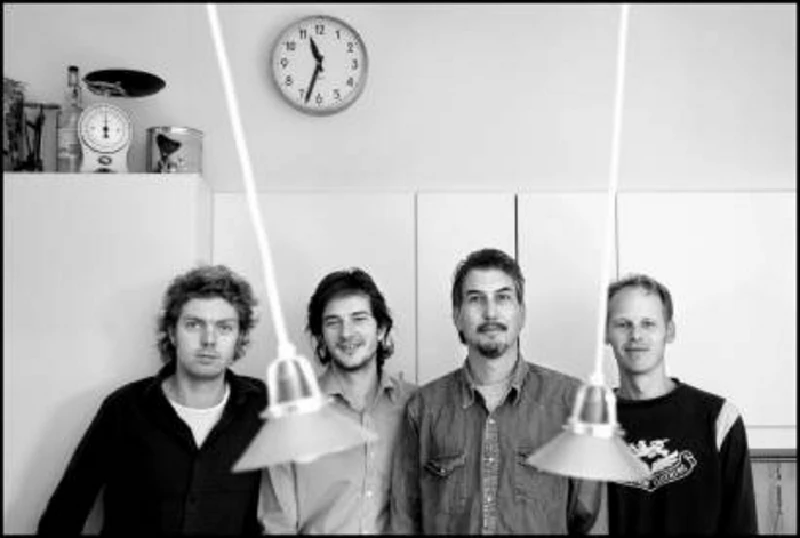
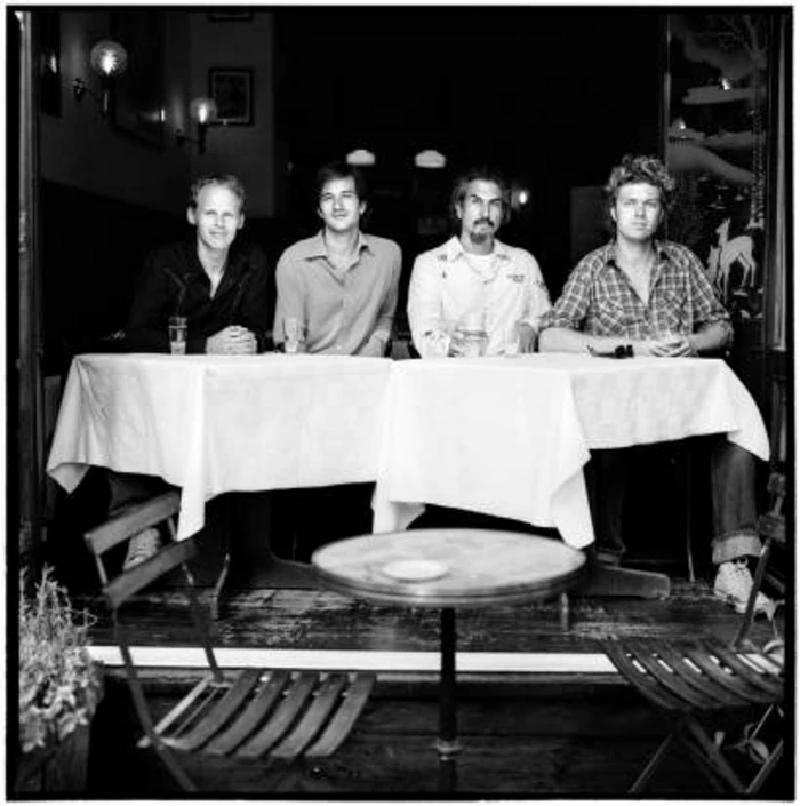
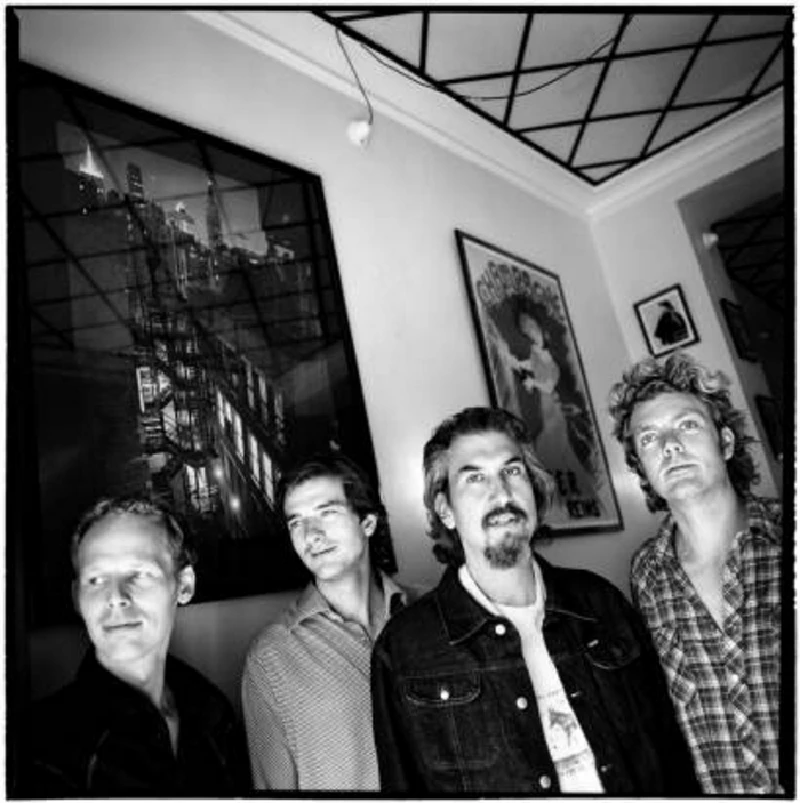
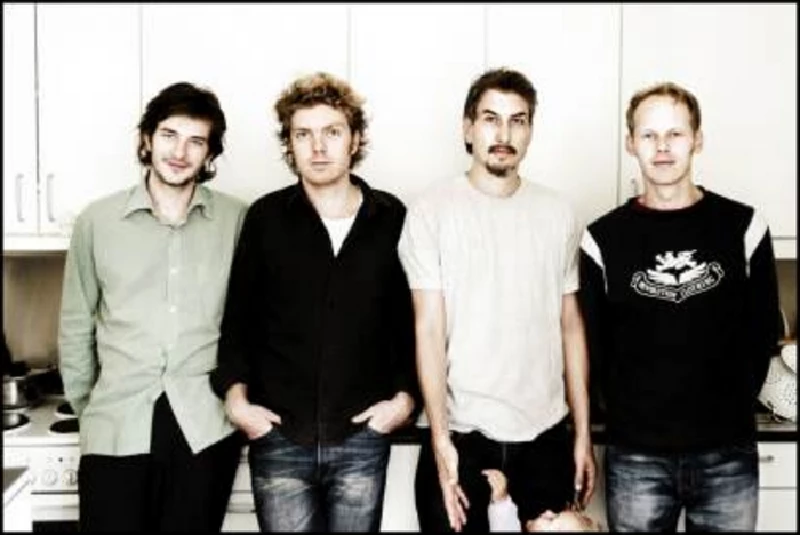
interviews |
|
Interview (2004) |
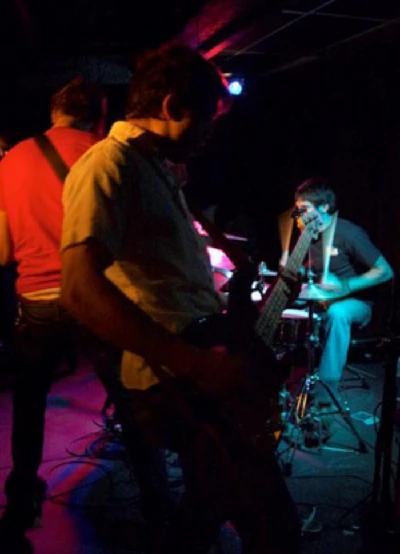
|
| Fiery Canadian indie rockers Despitado have recently signed to the Jade Tree label and have just released a six track EP, 'The Emergency Response' . Frontman Dagan Harding tells Ben Howarth of the down to earth ambitions of his band |
favourite album |
|
Ramp (2020) |
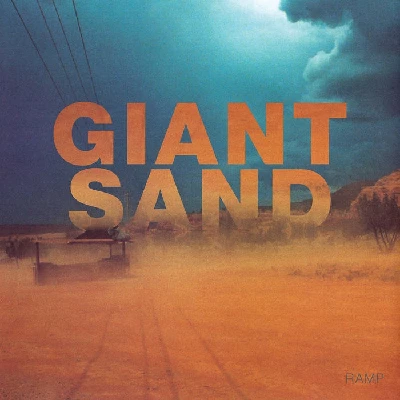
|
| Adrian P examines Giant Sand’s much-cherished 1991 studio album once more, which Fire Records have rebooted once more with a renewed double-disc edition. |
| Returns to Valley of Rain (2018) |
reviews |
|
Recounting The Ballads of Thin Line Men (2019) |
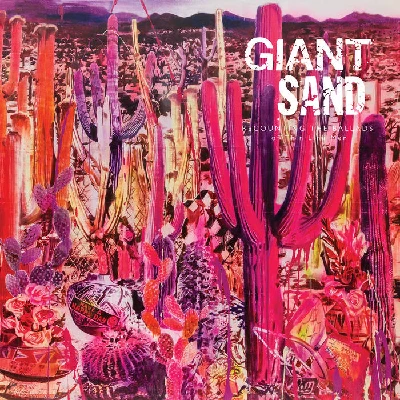
|
| For his second re-recording of an early-Giant Sand album, Howe Gelb leads the way through a skewed refashioning of 1986’s ‘Ballad of a Thin Line Man’ |
| Blurry Blue Mountain (2010) |
most viewed articles
current edition
John McKay - InterviewCathode Ray - Interview
Robert Forster - Interview
When Rivers Meet - Waterfront, Norwich, 29/5/2025
Spear Of Destiny - Interview
Fiona Hutchings - Interview
Carl Ewens - David Bowie 1964 to 1982 On Track: Every Album, Every Song
Chris Wade - Interview
Shrag - Huw Stephens Session 08.12.10 and Marc Riley Session 21.03.12
Brian Wilson - Ten Songs That Made Me Love...
previous editions
Heavenly - P.U.N.K. Girl EPBoomtown Rats - Ten Songs That Made Me Love....
Manic Street Preachers - (Gig of a Lifetime) Millennium Stadium, Cardiff, December 1999
Allan Clarke - Interview
Oasis - Oasis, Earl's Court, London, 1995
Barrie Barlow - Interview
Beautiful South - Ten Songs That Made Me Love...
Pixies - Ten Songs That Made Me Love...
Chuck Prophet - Ten Songs That Made Me Love...
Dwina Gibb - Interview
most viewed reviews
current edition
Peter Doolan - I Am a Tree Rooted to the Spot and a Snake Moves Around Me,in a CircleVinny Peculiar - Things Too Long Left Unsaid
Garbage - Let All That We Imagine Be The Light
Vultures - Liz Kershaw Session 16.06.88
John McKay - Sixes and #Sevens
Little Simz - Lotus
HAIM - I Quit
Pulp - More
Lapsley - I'm a Hurricane, I'm a Woman In Love
Billy Nomates - Metalhorse
related articles |
|
Lonna Kelley: Interview (2019 |
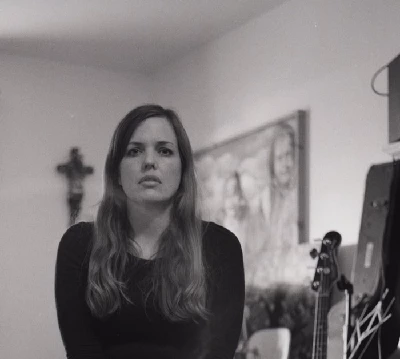
|
| Solo artist and Giant Sand member Lonna Kelley speaks to John Clarkson about her first single in four years, 'Will I See You?', and her new band Ard Eevin which includes Sonic Youth's Steve Shelley on drums. |
| Howe Gelb: Favoutite Album (2016) |
| Calexico: Live Review (2015) |
Pennyblackmusic Regular Contributors
Adrian Janes
Amanda J. Window
Andrew Twambley
Anthony Dhanendran
Benjamin Howarth
Cila Warncke
Daniel Cressey
Darren Aston
Dastardly
Dave Goodwin
Denzil Watson
Dominic B. Simpson
Eoghan Lyng
Fiona Hutchings
Harry Sherriff
Helen Tipping
Jamie Rowland
John Clarkson
Julie Cruickshank
Kimberly Bright
Lisa Torem
Maarten Schiethart